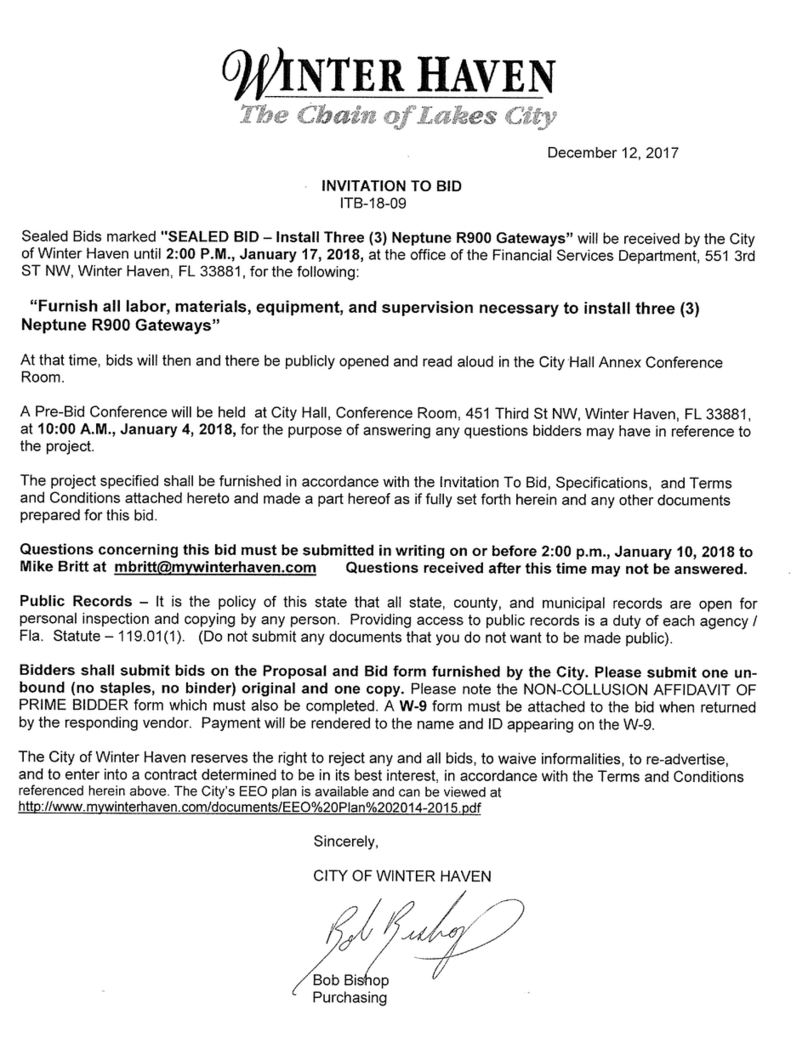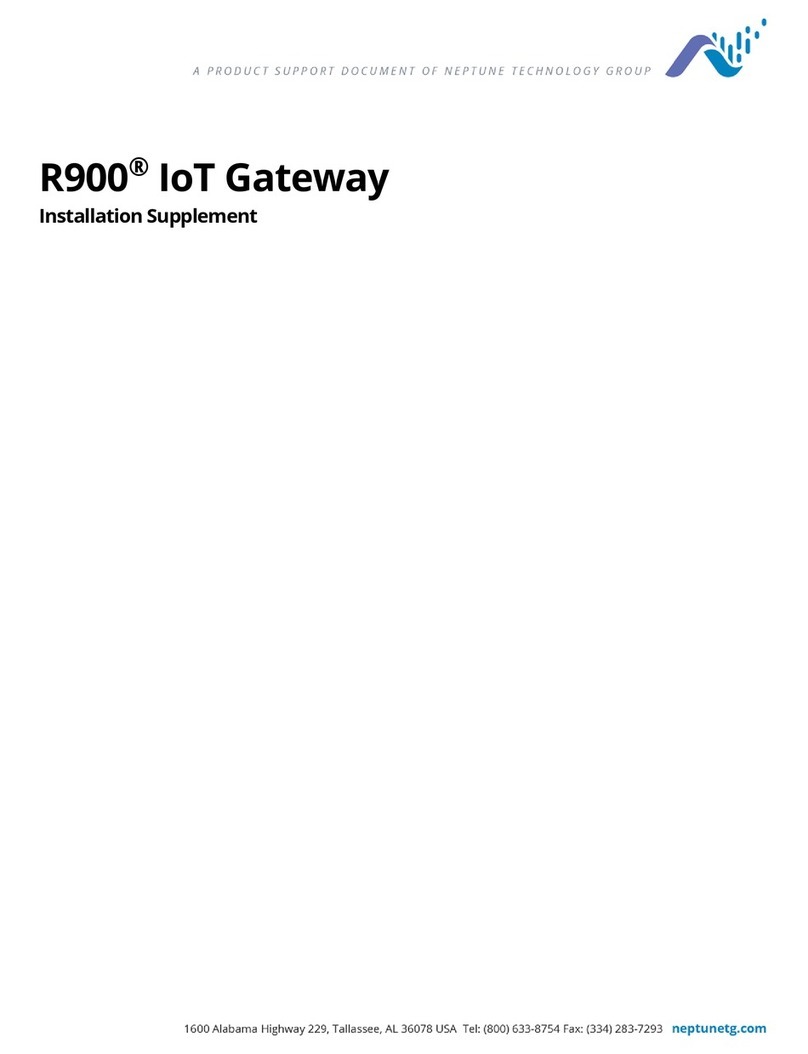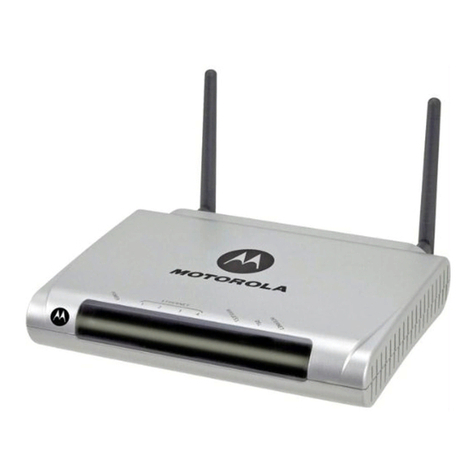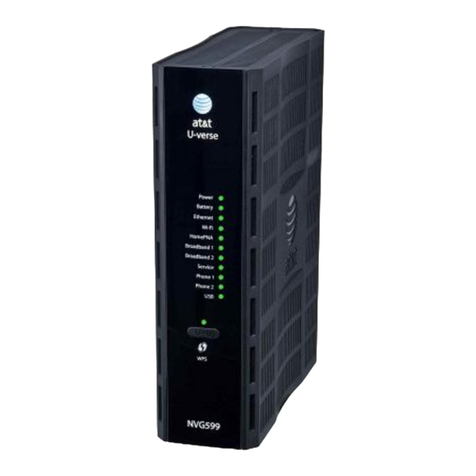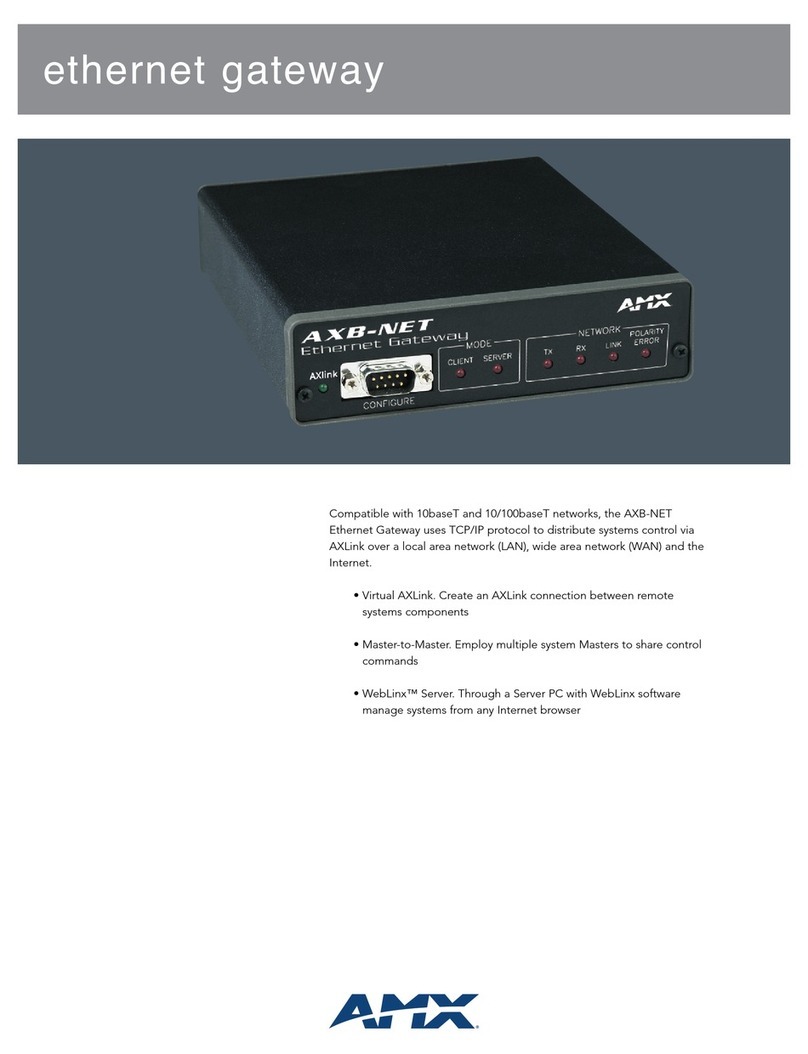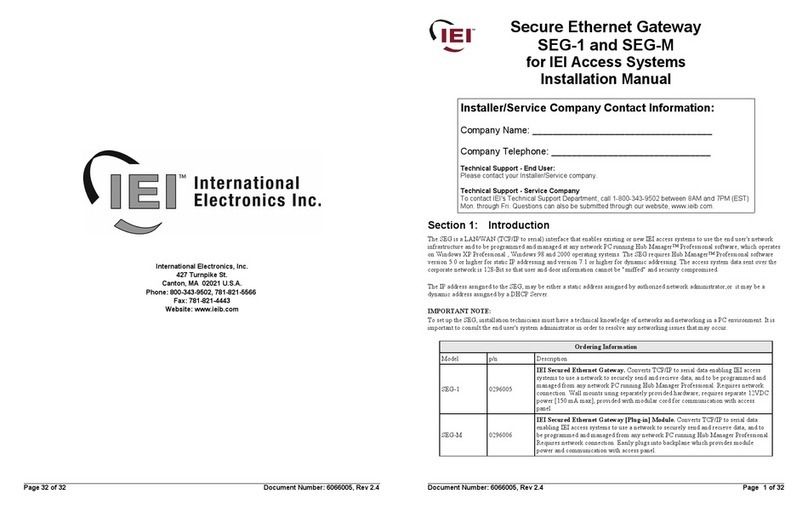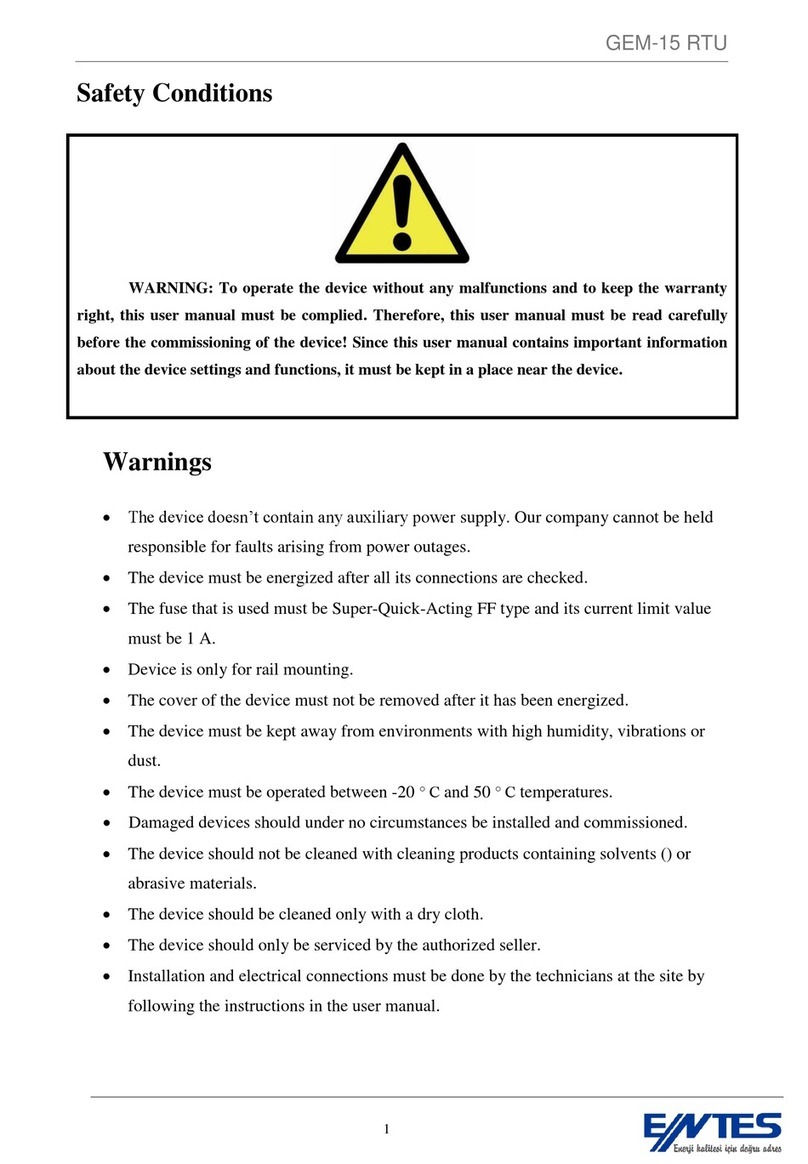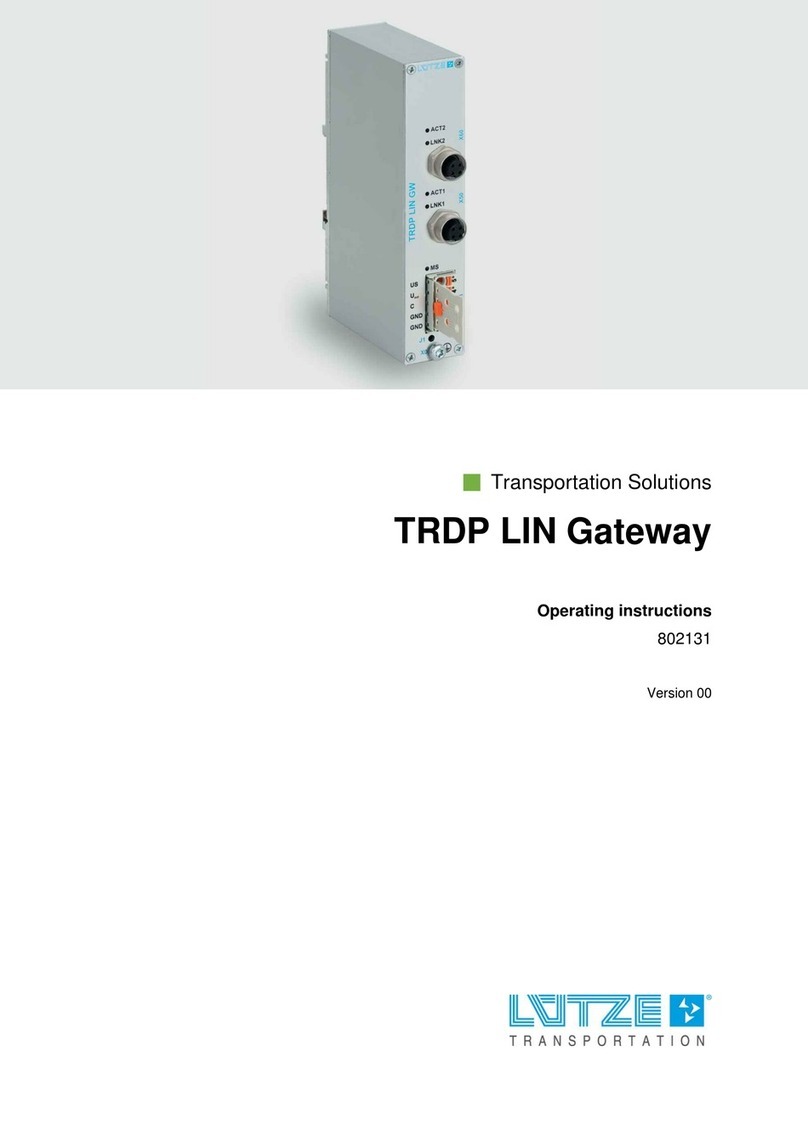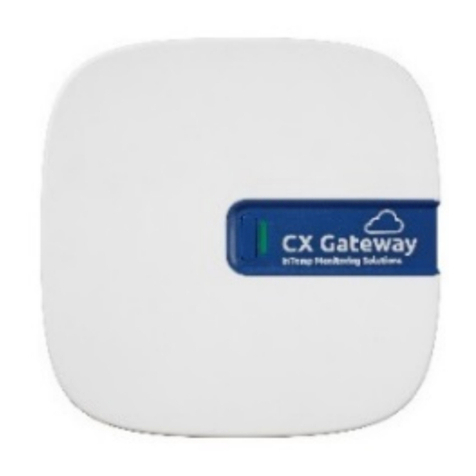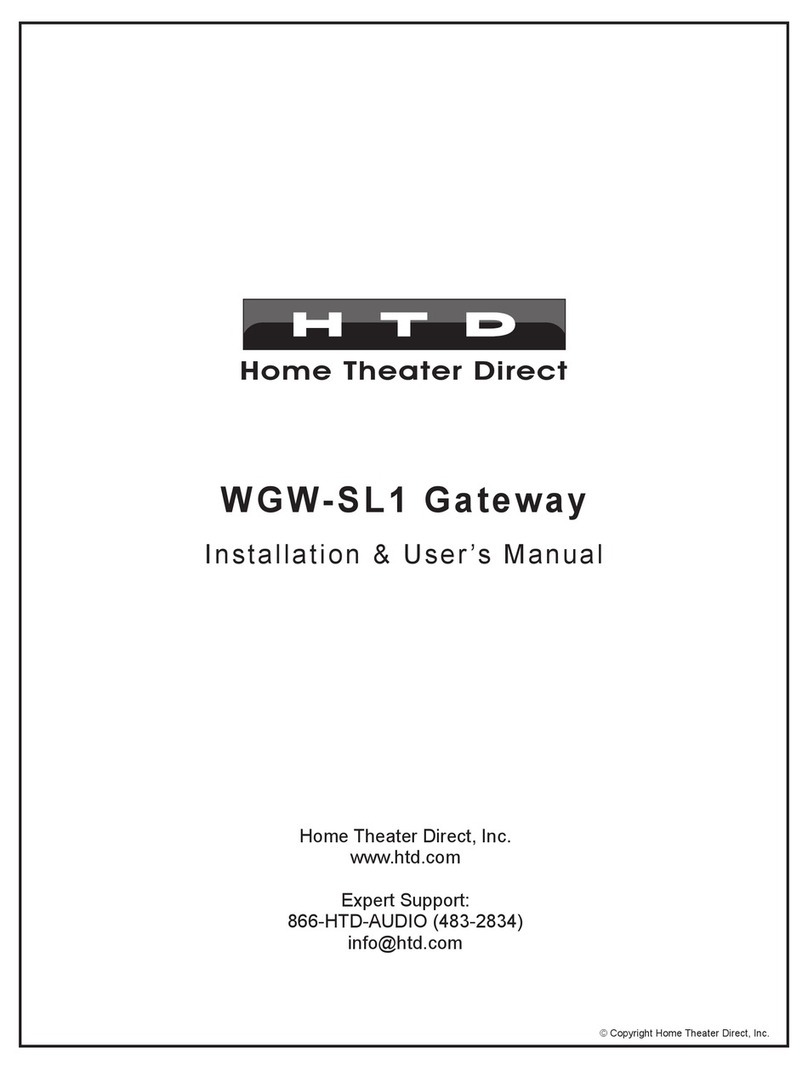Neptune Technology R900 Operating and safety instructions

R900 cellular endpoint Wall
and Pit
Installation and

Maintenance Guide


R900 cellular endpointWallandPit
Installation and Maintenance Guide

Copyright
This manual may not be reproduced in whole or part, in any form or by any
means, electronic or mechanical, for any purpose, without the express
written permission of Neptune Technology Group Inc. All rights to design or
inventions disclosed herein, including the right to manufacture, are
reserved to Neptune Technology Group Inc.
Trademarks Used in This Manual
ProReadandE-CODERaretrademarksofNeptuneTechnologyGroup Inc. R900
is a registered trademark of Neptune Technology Group Inc.
E-CODER)iand CMIU aretrademarks of Neptune Technology GroupInc.Other
brandsorproductnamesarethetrademarksorregisteredtrademarks oftheir
respective holders.
FCC Notice
Thisdevice complieswithPart15 of the FCCRules.Operationissubjecttothe
following two conditions:
This device may not cause harmful interference.
Thisdevicemustacceptanyinterferencereceived,includinginterferencethat
may cause undesiredoperation.
Note: This equipmenthas been testedand found to comply with the limits for a
Class B digital device, pursuant to Part 15 of the FCC Rules. These limits are
designed to provide reasonable protection against harmful interference in a
residentialinstallation.This equipmentgenerates,uses, and can radiate radio
frequency energy, and if not installed and used in accordance with the
instructions, may cause harmful interference to radio communications.
However, thereis no guarantee that interference will not occur in a particular
installation. If this equipment does cause harmful interference to radio or
televisionreception,whichcanbedeterminedbyturningthe equipmentoffand
on, the user is encouraged to try to correct the interference by one or more of
the following measures:
Reorient or relocate the receiving antenna.
Increase the separation between the equipment and receiver.

RF Exposure Information
This equipment complies with the FCC RF radiation requirements for
uncontrolled environments. To maintain compliance with these requirements,
the antenna and any radiating elementsshould beinstalled to ensure that a
minimum separation distance of 20 cm is maintained from the general
population.
Professional Installation
In accordancewith section15.203 of the FCCrulesand regulations, the R900
cellular endpoint
must be professionally installed by trained meter installers.
Changesormodificationsnotexpresslyapprovedbythepartyresponsiblefor
compliance void the user's authority to operate the equipment.
ISED Statement (Canada)
This device complies with Industry Canada license -exempt RSS standards.
Operation is subject to the following two conditions:
This device may not cause harmful interference.
Thisdevicemustacceptanyinterferencereceived,includinginterferencethat
may cause undesiredoperation.
The device has been designed to comply with safety standards for exposure
to radio waves (SAR) in accordance to RSS-102.
Thedeviceshould beinstalled and operated with a minimum distance of 20
cm between the equipment and the user's body.
LeprésentappareilestconformeauxCNRd'IndustrieCanadaapplicablesaux
appareils radio exempts de licence. L'exploitation est autorisée aux deux
conditions suivantes:
(1)
l'appareil ne doit pas produire de brouillage, et
(2)
l'appareil doit accepter tout brouillage radioélectrique subi, même si le
brouillage est susceptible d'en compromettre le fonctionnement.
Cet artificeaétéconçu pourse plier à lasécuritélesexigencespour l'exposition
aux ondes radioélectriques (SAR) dans conformité avec RSS-102. Cet artifice
devraitêtre installé etfaitmarcher avec la distance minimale 20 centimètres
entre l'équipement et votre corps.
compliance could void the users' authority to operate the equipment.

R900 cellular endpoint Wall and Pit
Installation and Maintenance Guide
LiteratureNo. IM R900 cellular
endpoint 07.20 Part No.
Neptune Technology Group Inc.
1600 Alabama Highway 229
Tallassee,AL36078
Tel: (800) 633-8754
Fax: (334) 283-7293
Copyright © 2021
Neptune Technology Group Inc.
All Rights Reserved.
Firmware © 2021
Neptune Technology Group Inc.
All Rights Reserved.


R900 cellular endpoint Wall and PitInstallationand Maintenance Guide vii
Contents
Chapter1:Product Description 1
Chapter2:Specifications 3
ElectricalSpecifications 3
Transmitter 3
Encoder Register Interface
3
Environmental
4
Functional 4
Dimensions and Weight 4
Chapter3:GeneralInstallationGuidelines 7
Tools and Materials
7
Recommended Tools
7
RecommendedMaterials
8
Safety and Preliminary Checks 8
VerifyingandPreparing theEncoderRegister 8
Installing a Register(NonPre-Wired orPotted Only) 9
Chapter 4:Wall Installation 13
Prior to Installation 13
Storage 13
Unpacking 13
Tools and Materials 14
Site Selection 14
Installing the R900 cellular endpoint 15
Removing the Main Housing 15
Applying the Scotchlok™ Gel Caps 16
Completing and TestingtheInstallation 18
Testing the Installation 19

viii
R900 cellular endpoint Wall and Pitendpoint Installation and Maintenance
Contents
VerifyingtheMeterReading 21
Chapter 5:Pit Installation 23
Prior to Installation 23
Storage 23
Unpacking 23
Tools and Materials 24
Site Selection 24
R900 cellular endpoint Pit Installation 26
InstallingtheAntenna 26
Begin the Installation 27
InstallingtheScotchlok™Connectors 29
Connecting the Splice Tube 31
Tying the Cable and Activating the R900 cellular endpoint 32
Testing the Installation 33
Chapter 6:MaintenanceandTroubleshooting 35
Six Wheel Encoders 35
Four Wheel Encoders 35
Troubleshooting 35
ContactInformation 36
By Phone 36
By Email 36
AppendixA:R900 CELLULAR ENDPOINT Modes 37
Appendix B:CMIU™Manager 39
R900 cellular endpoint Status 39
Meter Reading 40
Glossary 41
Index 43

R900 cellular endpoint Wall and PitInstallation andMaintenance Guide ix
Figures
Figure 1 – R900 cellular endpoint – Wall 1
Figure 2 – R900 cellular endpoint – Pit 1
Figure 3 – R900 cellular endpoint Pit – Dimensions Front and Side 4
Figure 4 – R900 cellular endpoint Wall – Dimensions Front and Side 5
Figure 5 – Wiring a Neptune Encoder Register 10
Figure 6 – Color Code for Wires 10
Figure 7 – Cable Threaded Around Strain Relief Posts 11
Figure 8 – Application of the Sealant 11
Figure 9 – Covering the Terminal Screws 12
Figure 10 – R900 cellular endpoint Back Plate 14
Figure 11 – R900 cellular endpoint Wall Kit 14
Figure 12 – Main Housing 15
Figure 13 – R900 cellular endpoint Back Plate 16
Figure 14 – Gel Cap Connectors 16
Figure 15 – Color Code for Wires 17
Figure 16 – Cable in Back of Mounting Adapter 17
Figure 17 – Cable Exit Notch 18
Figure 18 – Securing the Mounting Adapter 18
Figure 19 – Swiping theR900 cellular endpoint 19
Figure 20 – CMIU™ Manager Options 19
Figure 21 – Selecting a R900 cellular endpoint 20
Figure 22 – Connecting the R900 cellular endpoint 20
Figure 23 – Meter Readings 21
Figure 24 – Installing theSeal Wire 21
Figure 25 – R900 cellular endpoint for Pit Installation 23
Figure 26 – Antenna Placement for Low Traffic Areas 25
Figure 27 – Antenna Placement for High Traffic Areas 25

x
R900 cellular endpoint Wall and PitMIU Installation andMaintenance
Figures
Figure 28 – Inserting the Antenna into the Pit Lid 26
Figure 29 – Locking the Nut on the Antenna 26
Figure 30 – Antenna Installation Complete 26
Figure 31 – Removing the Protective Cap 27
Figure 32 – R900 cellular endpoint Conductor Pin 27
Figure 33 – Aligning the Pin 28
Figure 34 – Locking the Antenna into Place 28
Figure 35 –Swipingthe endpoint 28
Figure 36 – Scotchlok™ Connector 29
Figure 37 – R900 cellular endpoint Color Code for Wires 29
Figure 38 – Seating Connector Wires 30
Figure 39 – Crimping Tool 30
Figure 40 – Improper Connections 30
Figure 41 – Three Colored Wires Properly Connected 31
Figure 42 – Splice Tube 31
Figure 43 – Gray Wires in Slots 32
Figure 44 – Attaching the R900 cellular endpoint to the Antenna Shaft 32
Figure 45 – Swiping the R900 cellular endpoint 33
Figure 46 – R900 cellular endpoint Status Screen 39
Figure 47 – Meter Reading 40

R900 cellular endpoint Wall and PitMIU Installation andMaintenance Guide xi
Tables
Table 1 – Transmitter Specifications 3
Table 2 – Supported Encoder Maximum Cable Length 3
Table 3 – Environmental Conditions 4
Table 4 – Functional Specifications 4
Table 5 – Recommended Tools 7
Table 6 – Recommended Materials 8
Table 7 – Maximum Cable Lengths 15
Table 8 – CableLength and Manufacturer 25
Table 9 – Example Reading Values 35
Table 10 – Leak Status Flag Descriptions 37

xii
R900 cellular endpoint Wall and PitMIU Installation andMaintenance Guide
Tables
This page intentionally left blank.

R900 cellular endpoint Wall and PitInstallationand Maintenance Guide
1
Chapter 1: Product Description
Thischapter providesageneraldescription oftheNeptune®
R900 cellular endpointfor
wall and pit applications.
TheR900 cellular endpointisanetworkendpointthatcollectsmeterreading datafrom an
encoder register. It then transmits the data for collection using LTE-M cellular
technology. The collection data is stored and downloaded into the utility billing system
for processing.
TheR900 cellular endpointiseasilyinstalledinwall orpitapplications. Itoperateson the
AT&T and FirstNet LTE-M networks. The R900 cellular endpoint stops RF transmissions
when the battery discharges below the normal operating voltage at the end of its
lifespan.
Figure 1 – R900 cellular endpoint – Wall
<Image to be added>
Figure 2 – R900 cellular endpoint – Pit w/internal
antenna

2
R900 cellular endpoint Wall and PitInstallation andMaintenance Guide
Figure 3 – R900 cellular endpoint – Pit w/external antenna

R900 cellular endpoint Wall and PitInstallationand Maintenance Guide
3
Chapter 1: Product Description
This page intentionally left blank.

2
R900 cellular endpoint Wall and PitInstallation andMaintenance Guide
Chapter 2: Specifications
This chapter covers the specifications for the R900 cellular endpoint.
Electrical Specifications
Transmitter
The power is supplied by a lithium battery.
The following table defines the R900 cellular endpoint transmitter specifications.
Table 1 – Transmitter Specifications
Encoder Register Interface
The following table provides information on the maximum cable lengths required for
different registers.
Table 2 – Supported Encoder Maximum Cable Length
Transmit Period
Encoder Reading
Output Power
FCC Verification
Description
Fifteen
-minute readings delivered four times per
day.
15
-minute.
Meets FCC Part 15.247 and FCC Part 27.
Part 15.247.
Cable Brand
Neptune
® ARB® V
Neptune
® ProRead™,
ProCoder™, MACH 10
®,
E
-CODER®
Sensus Protocol registers
Length
300
feet (91 meters). Meets manufacturer's published
specifications for
wire length between the encoder and the
remote
receptacle. The length is based on solid three
conductor
wire,
22 AWG.
500 feet (152 meters).
200 feet (61 meters).

R900 cellular endpoint Wall and PitMIU Installation andMaintenance Guide
5
Environmental
The following table provides the environmental specifications of the R900 cellular endpoint.
Table 3 – Environmental Conditions
Functional
The following table provides the functional specifications of the R900 cellular endpoint .
Table 4 – Functional Specifications
Dimensions
This section provides the dimensions and weight of the R900 cellular endpoint.
Figure 3 – R900 cellular endpoint pit w/internal antenna– Dimensions Front and Side
Operating Temperature
Storage Temperature
Operating Humidity
–
22° to 149°F (–30° to 65°C).
–
40° to 158°F (–40° to 70°C).
0 to 100% condensing.
Register Reading
Endpoint ID
Ninedigits.

Chapter 2: Specifications
4
R900 cellular endpoint Wall and PitMIU Installation andMaintenance Guide
Figure 3 – R900 cellular endpoint Pit w/external antenna – Dimensions Front and Side
Other manuals for R900
3
Table of contents
Other Neptune Technology Gateway manuals
Popular Gateway manuals by other brands
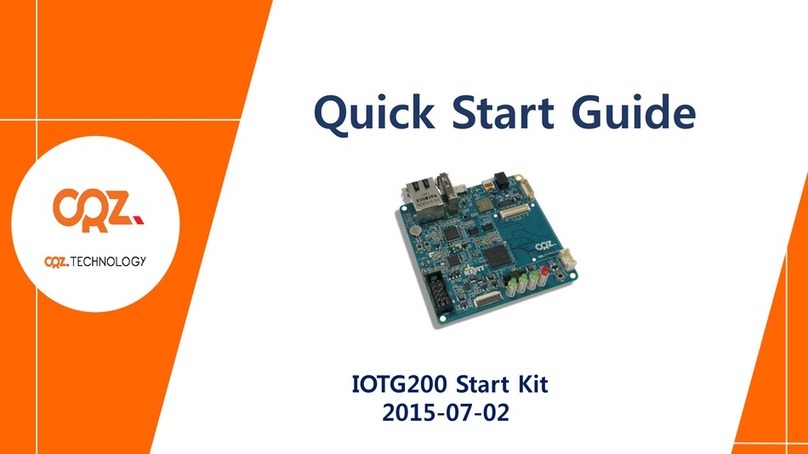
CRZ Technology
CRZ Technology IOTG200 Start Kit quick start guide
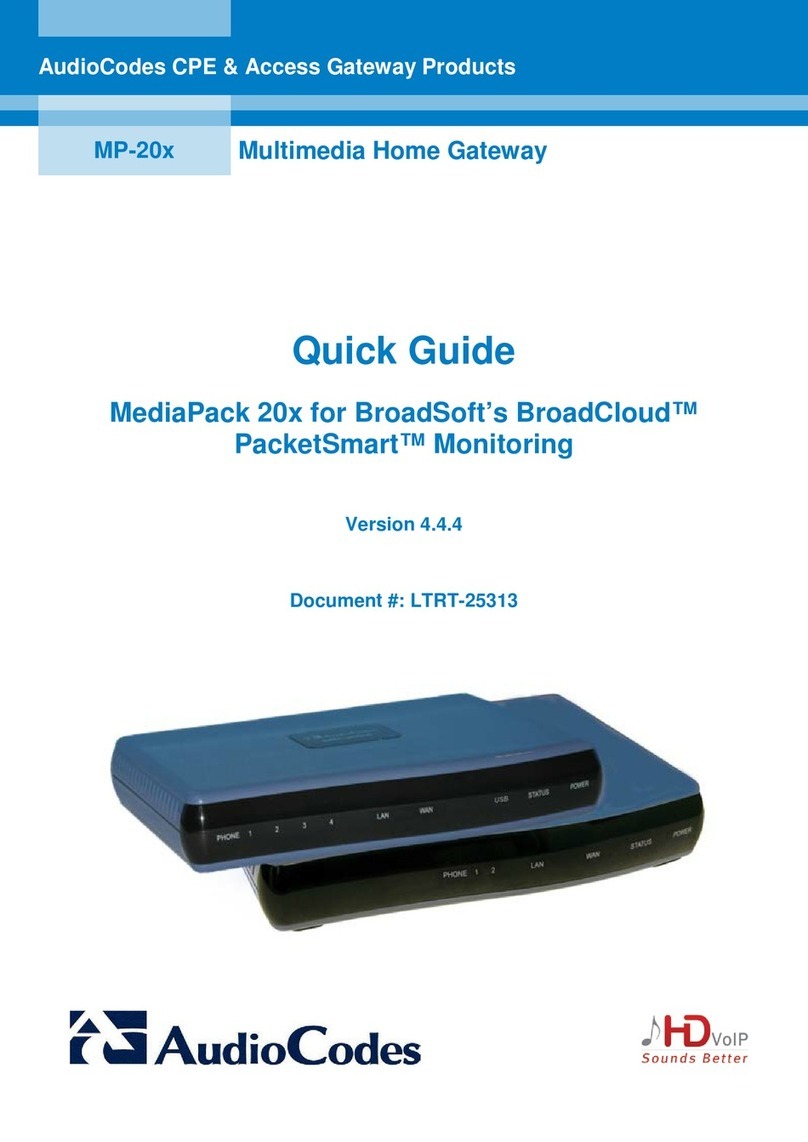
AudioCodes
AudioCodes MediaPack 20 Series quick guide
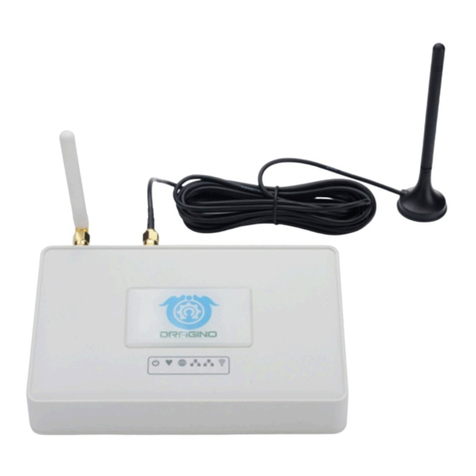
Dragino
Dragino LG308N user manual
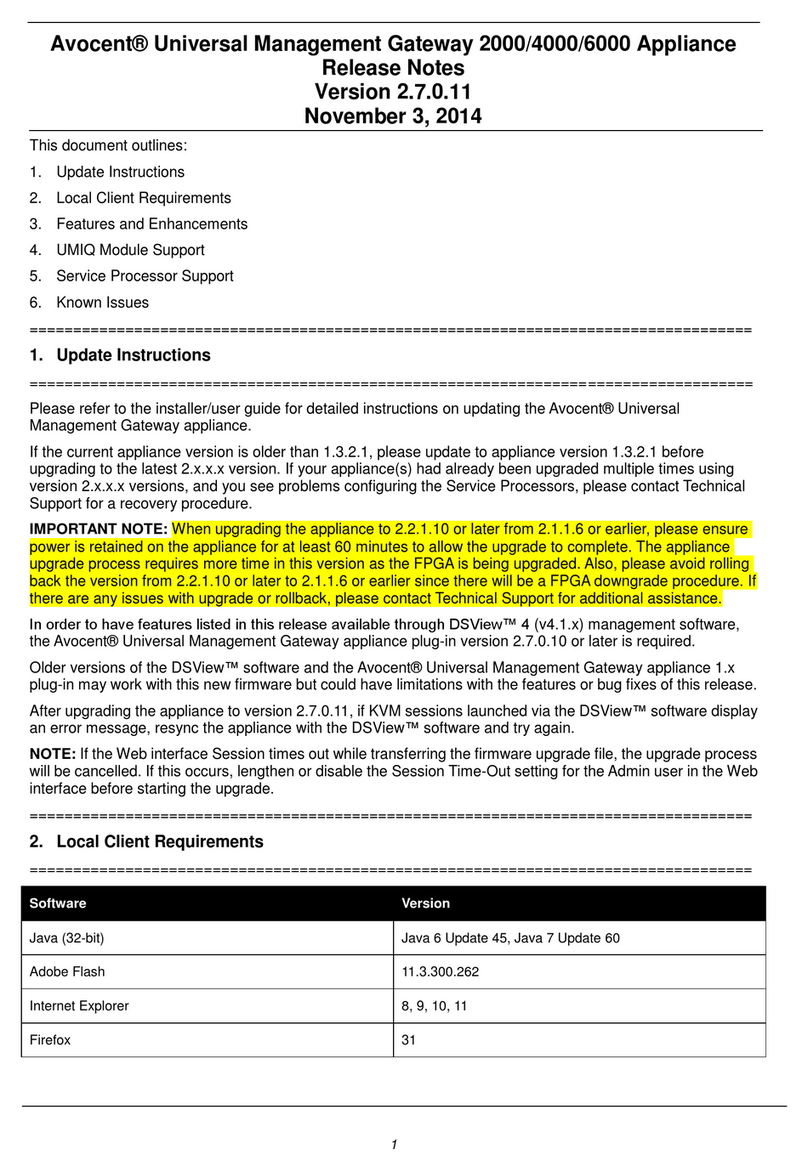
Avocent
Avocent AutoView 2000 Release notes

ZyXEL Communications
ZyXEL Communications P-660HN-51 - datasheet
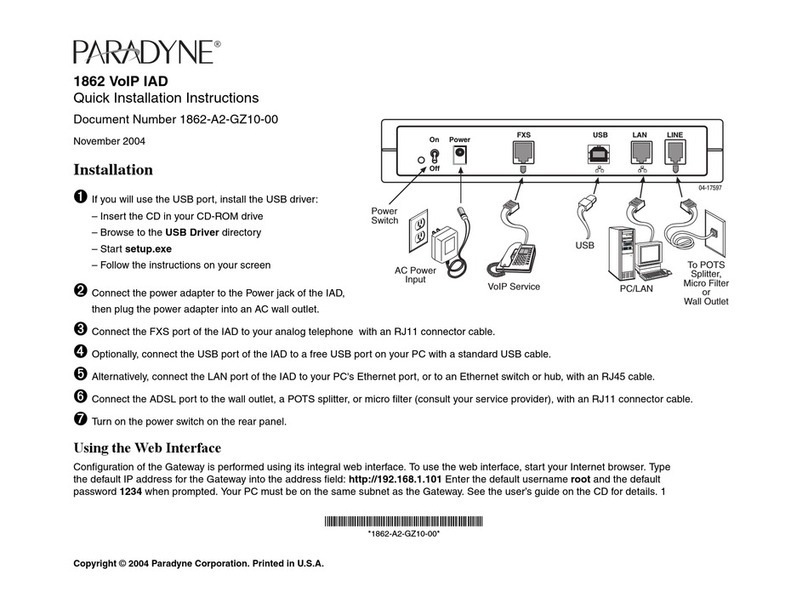
Paradyne
Paradyne 1862 Quick installation instructions
